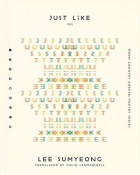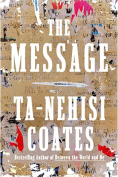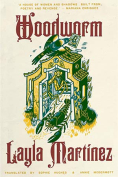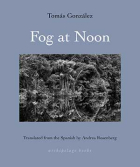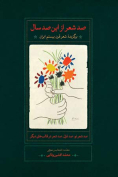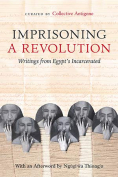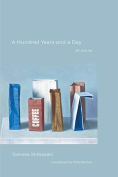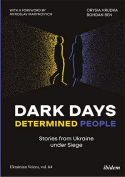The Accidentals by Guadalupe Nettel

New York. Bloomsbury. 2025. 144 pages.
All eight stories that comprise this captivating, wise, and uncanny collection adopt first-person narrators. These individual voices tend to speak from positions of isolation, which take on special starkness in relation to family, arguably the collection’s predominant theme. The stories emphasize the importance and genuineness that an (often retrospective) individual’s perspective is particularly well suited to communicate. The clear vision gained by the narrator of “The Torpor,” for instance, when she distances herself from her husband and children, compares favorably to the dubious use of the pronoun “we” in “Life Elsewhere.”
The narrator of “Life Elsewhere” longs to live in an apartment he and his wife failed to acquire before another family secured it. In his description of this setback, the narrator elides potential disagreements about his and his wife’s preferences in his assertion that the two of them equally desire the apartment they cannot have. The wife’s point of view does not appear separately from his; and the spurious nature of the narrator’s “we” when applied to his marriage is revealed when he eagerly and almost entirely becomes part of another family, consisting of the couple and child who got the apartment first. The story’s unreliable narrator anchors an object lesson about disingenuous and self-interested displays of solidarity.
By contrast, “The Torpor” demonstrates the benefit of openly recognizing distinction from a family. One of two stories in the collection to take on the topic of a pandemic-related lockdown, “Torpor” depicts a society in which the free press has been abolished and most people never leave their homes. Video calls and dreams have become the only forms of contact with the outside world. To enjoy their dreams, the narrator’s husband and children sleep more and more as time goes on. The narrator refuses this temptation and instead stays up at night to write. Her efforts produce circles under her eyes and wrinkles on her face, which she describes as “the price I pay for what I believe in” just before declaring, “Life leaves its mark upon those who dare to look at it head on, lucidly.” Distance from family fosters critical distance in a society numbed by confinement and a pervasive evasion of reality.
Nettel’s stories warn against facile group affiliation. They do not, however, propose that an individual’s point of view guarantees the ability to understand oneself, family, or society. For example, the narrators in “Fellowship,” about a woman who imagines identifying a fellow orphan, and “Playing with Fire,” about a mother whose judgment about her husband’s and sons’ acts are clouded by quarantine, misapprehend their circumstances with disastrous results.
The desire for but refusal to impose a common narrative structures the title story’s narrator’s important but difficult lifelong friendship with a man who yearns to return to the country of his birth, from which he was exiled just after his and the narrator’s fifth birthdays. A chance encounter with an albatross when she was almost eleven years old inspires the narrator to learn more about these birds throughout her life. She comes to know, for example, that an “accidental” or “vagrant” albatross is one that has lost its way and may therefore find a new mate, going against the customary bonding for life that characterizes the species.
Nettel’s magnificent stories acknowledge the frequent inability of people to understand why or why not they establish strong connections with others. This recognition underpins the collection’s nuanced, insightful, and sometimes ironic approach to family, friendship, self-understanding, and the perception of how others succeed or fail in staying true to their and their acquaintances’ tales and where they come from.
Ryan Long
University of Maryland


